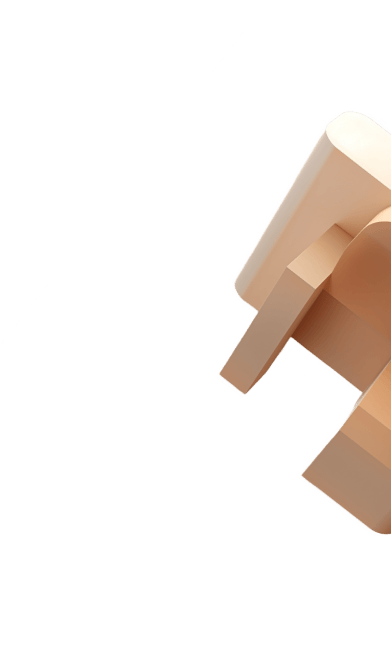What does it mean to port a mortgage?

Buying a home is a significant financial decision, often requiring the assistance of a mortgage to make the dream of homeownership a reality. However, life is dynamic, and circumstances can change over time. This brings us to the concept of "mortgage porting." But what exactly does it mean to port a mortgage? Let's delve into this topic to gain a clear understanding of its implications and mechanics.
Defining mortgage porting
Mortgage porting refers to the process of transferring an existing mortgage product from one property to another. It allows borrowers to maintain their existing mortgage terms, interest rate, and conditions on the new property, rather than taking out an entirely new mortgage. This can be particularly beneficial if the borrower has secured a favorable interest rate or terms on their original mortgage.
You should note that when porting a mortgage:
you are porting the deal/rate, and not the loan amount
even though your mortgage may be ‘portable’ your lender can reject your application to port a mortgage
if your financial situation has changed this may impact whether you’re eligible for the same deal on a new property
Porting your mortgage from one property to another will still follow the same process as switching to a new deal. This is because you are essentially reapplying for the same mortgage, just for a different house. Your new property will likely cost more or less than the previous one, so you will either be asking to borrow more or reducing the mortgage amount.
What are the key benefits of porting a mortgage?
Preserving favorable terms
One of the primary advantages of mortgage porting is the ability to keep hold of the terms of your original mortgage, which can include a low-interest rate, fixed-rate period, or other favorable conditions. This can lead to significant savings over the life of the mortgage.
Cost savings
By porting your mortgage, you can avoid certain costs associated with setting up a new mortgage, such as application fees, legal fees, and potential prepayment penalties.
Simplified process
Porting a mortgage can streamline the home-buying process, as you don't need to go through the entire application and approval process for a new mortgage. This can save time and reduce paperwork.
How mortgage porting works
1. Eligibility
Not all mortgages are eligible for porting. Lenders will typically outline specific criteria that borrowers must meet, such as having a good payment history and meeting certain financial qualifications.
2. New property purchase
When you decide to buy a new property, you'll need to inform your current lender of your intention to port the mortgage. The lender will assess your financial situation and the new property to ensure that you meet their criteria.
3. Porting application
You'll need to fill out a mortgage porting application, providing details about the new property, its value, and any additional financing you may need. The lender will review this application and conduct an affordability assessment.
4. Valuation and offer
The lender may conduct a valuation of the new property to determine its market value. Based on this valuation and your financial situation, the lender will make an offer outlining the terms under which they're willing to port your mortgage to the new property.
5. Legal process
Once you accept the lender's offer, legal processes will take place to transfer the mortgage from the old property to the new one. This involves updating property deeds and documents.
6. Completion
Upon completion of the legal process and satisfying any outstanding requirements, your mortgage will be successfully ported to the new property. You'll continue making regular mortgage payments as before.
Things to consider before porting a mortgage
While mortgage porting offers several benefits, it's essential to be aware of potential limitations, such as how much the new property is worth, how much you might need to borrow, the terms of your mortgage, and whether you can get approval from your lender to port your mortgage.
1. The property's value
If the new property's value is significantly different from the old property, you may need to make additional arrangements to cover the difference in financing.
2. Loan amount
Lenders may not port the entire loan amount if the new property's value is lower, requiring you to secure additional financing to cover the shortfall.
3. Terms and conditions
While your interest rate may be maintained, other terms, such as the remaining loan term or prepayment penalties, could still be subject to change.
4. Lender approval
The lender's approval is crucial, and they have the right to decline the porting request if you don't meet their eligibility criteria.
Porting a mortgage offers homeowners an option to seamlessly transition their existing mortgage to a new property while preserving favorable terms and potentially saving on costs. However, it's important to carefully consider the eligibility criteria, potential limitations, and the specifics of your financial situation before deciding to port your mortgage.
Consulting with financial professionals and mortgage advisors can provide you with the guidance needed to make an informed decision that aligns with your long-term financial goals.

Important info & marketing claims
You may have to pay an early repayment charge to your existing lender if you remortgage. Your savings will depend on personal circumstances.
Your home may be repossessed if you do not keep up repayments on your mortgage.
*89% of customers will be better off using Better.co.uk rather than going direct with their lender. Read more on our marketing claims page.
We can't always guarantee we will be able to help you with your mortgage application depending on your credit history and circumstances.
Average mortgage decision and approval times are based on Better.co.uk's historic data for lenders we submit applications to.
Tracker rates are identified after comparing over 12,000 mortgage products from over 100 mortgage lenders.
As of January 2023, Better.co.uk has access to over 100 lenders. This number is subject to change.
For buy-to-let landlords, there's no guarantee that it will be possible to arrange continuous letting of a property, nor that rental income will be sufficient to meet the cost of the mortgage.
